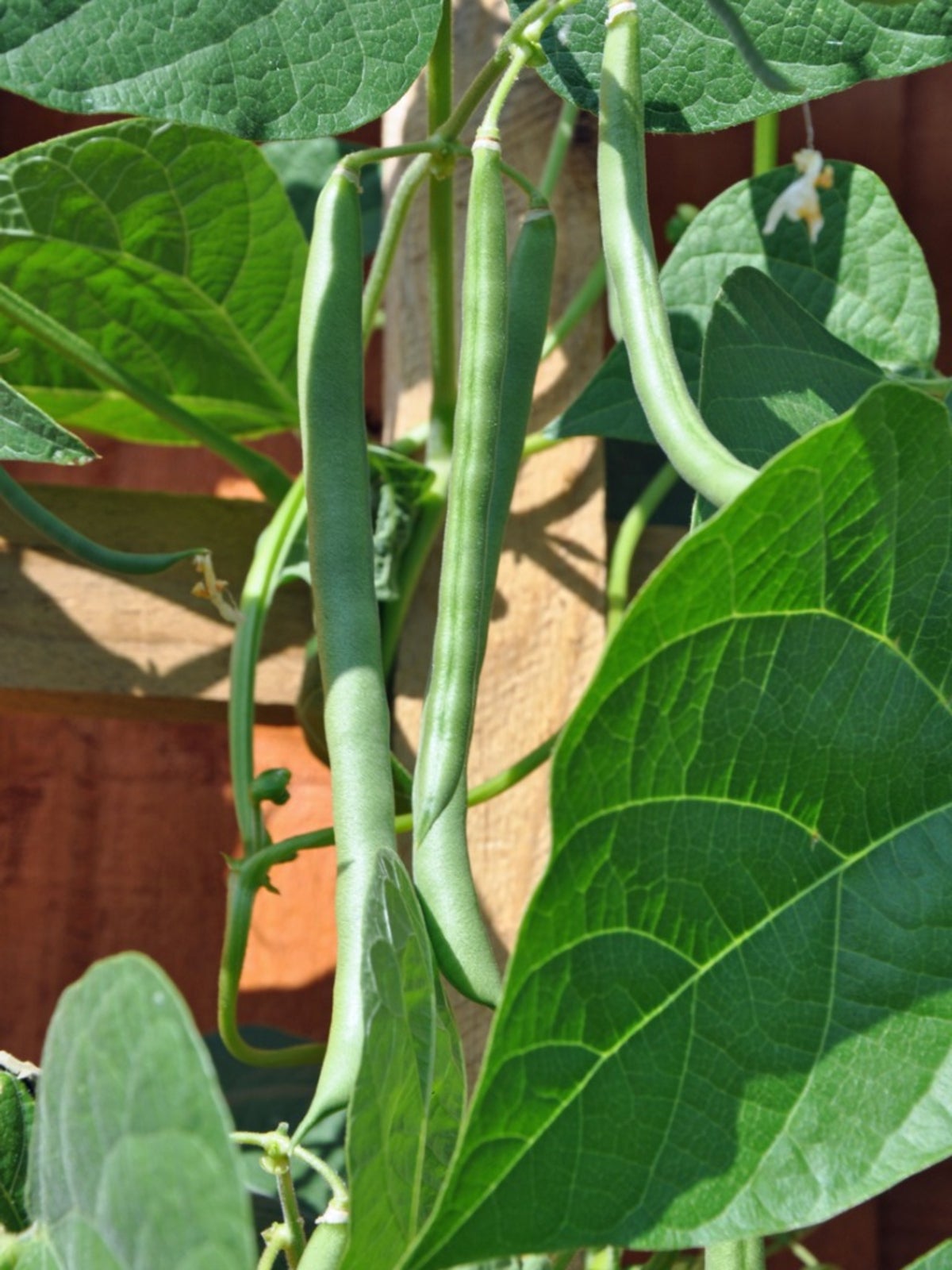Blue Lake Bean Variety – Tips For Growing Blue Lake Green Beans


Pole beans are wonderful, especially if you don' t have much space. Yet bush beans set pods prolifically, don't need staking, and are compact. Blue lake bush beans have all these attributes and more. The blue lake bean variety is an heirloom developed from the blue lake pole bean. Try growing these green beans for a crisp, delicious bush bean that has decades of gardener approval.
What are Blue Lake Beans?
Heirloom blue lake beans are a popular variety that has been around for generations. The pole version was the predecessor, but the bush was developed from it in 1961. These gardener favorites produce straight, long pods that were favorite canning beans. The pods all mature at roughly the same time, which makes them perfect for canning and freezing, but they taste great fresh too.
This bean variety came to be in the early 1900’s as a pole bean, but due to its popularity it was soon developed into a bush type. The beans are bluish green, perfectly straight, crisp, and five and a half inches (14 cm.) long. The bush grows upright to a height of two feet (61 cm.) on average. Pods are ready for harvest in 55 days and most will mature within a couple weeks of each other. These beans have a sharp snap, sweet flavor, and are produced in profusion. Plenty for a big family to share or for a canning day.
Growing Blue Lake Green Beans
Heirloom blue lake beans grow easily in full sun and well-draining but fertile soil. Plant seeds in spring once soil is workable and warming up. The soil should have a pH of 5.8-6.0. Beans need plenty of phosphorus and potassium. Experts suggest inoculating the seeds with Rhizobium bacteria prior to planting to enhance nitrogen availability. Plant seeds a half inch (1-2 cm.) deep and three inches (8 cm.) apart. Water deeply once seeds are installed. Once they have germinated, usually within 6-12 days, keep plants moderately moist.
Caring for Blue Lake Bush Beans
Blue Lake beans are resistant to mosaic virus, a common bean and other veggie problem. They need to be kept moderately moist during the early days to prevent damping off. Water early in the day or use drip irrigation to keep moisture off the leaves and prevent several fungal diseases.
Companion plant with cilantro, dill, or rosemary to prevent certain common pests. If infestations are high use Neem oil or a pyrethrin based spray. Harvest beans when they are firm, deeply colored, and snap when bent.
Gardening tips, videos, info and more delivered right to your inbox!
Sign up for the Gardening Know How newsletter today and receive a free copy of our e-book "How to Grow Delicious Tomatoes".

Bonnie Grant is a professional landscaper with a Certification in Urban Gardening. She has been gardening and writing for 15 years. A former professional chef, she has a passion for edible landscaping.
-
 Looking For Plants To Give You The Soft And Fuzzies? Try These 5 Fuzzy Leaf Plant Options
Looking For Plants To Give You The Soft And Fuzzies? Try These 5 Fuzzy Leaf Plant OptionsLovers of texture, drama, silver foliage and tactile plants will adore these special sensory garden additions. These fuzzy leaf plant options will leave you all aglow
By Susan Albert
-
 Get Ready For A Summer Of Hummers! Grow These Full Sun Hummingbird Plants and Flowers
Get Ready For A Summer Of Hummers! Grow These Full Sun Hummingbird Plants and FlowersIf you’re lucky enough to enjoy a sunny backyard, make sure you are maxing out on your pollinator opportunities and grow these full sun hummingbird plants and flowers
By Tonya Barnett